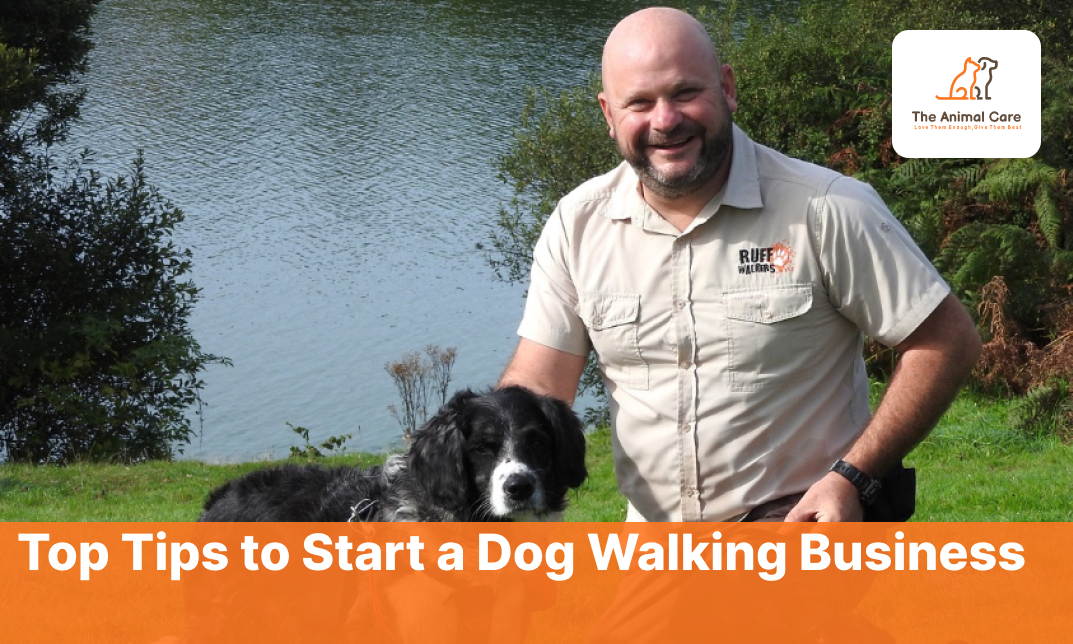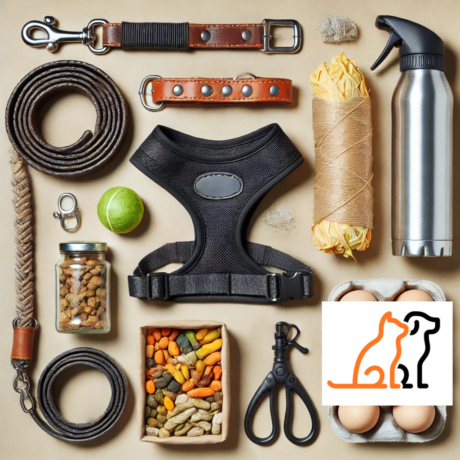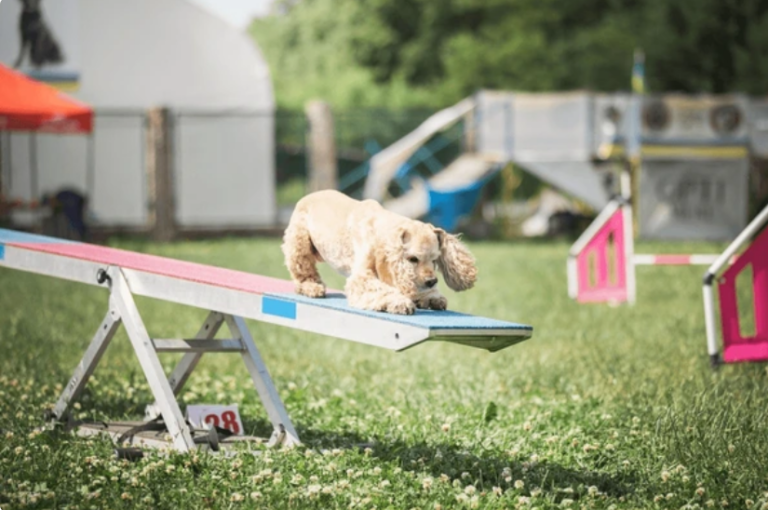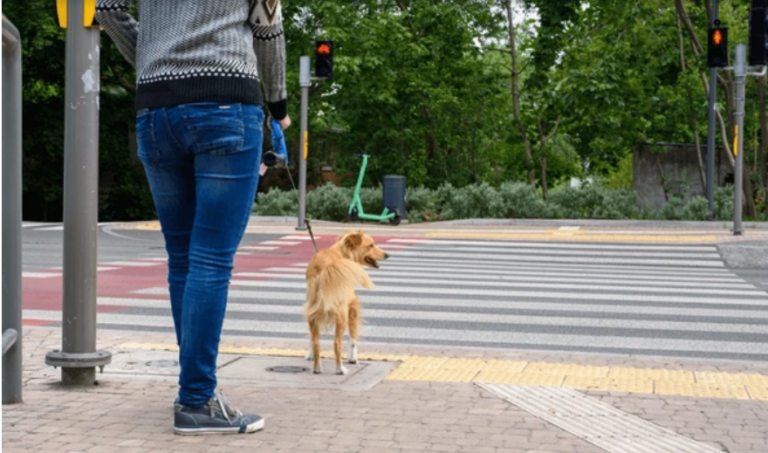1. Gain Experience with Animals
– Volunteer at shelters or offer free walks to friends and family.
– Learn basic training commands and pet-handling techniques.
2. Build Your Skills & Knowledge
– Take an online pet first aid or pet care course.
– Understand dog behaviour, leash training, and safety measures.
3. Set Up Your Services
– Decide on pricing, availability, and the types of pets you’ll care for.
– Offer both dog walking and pet sitting for more opportunities.
4. Join Pet Care Platforms
– Sign up on apps like Rover, Wag, or local pet care directories.
– Create a strong profile with reviews, photos, and client testimonials.
5. Market Yourself Locally
– Print flyers and share them in pet stores, vet clinics, and parks.
– Use social media to promote your services and engage with pet owners.
6. Provide Excellent Customer Service
– Be reliable, communicate with pet owners, and send updates/photos.
– Ensure dogs are safe, happy, and well-exercised during walks and sittings.
7. Get Licensed & Insured (If Needed
– Some areas require a pet business license or liability insurance.
– Having coverage builds trust with potential clients.
 Tip: Word-of-mouth referrals are powerful—deliver great service, and happy pet owners will recommend you!
Tip: Word-of-mouth referrals are powerful—deliver great service, and happy pet owners will recommend you!








 Tip: Stick to the same time every day, reward good behaviour, and adapt to your dog’s energy level for a happy and healthy routine!
Tip: Stick to the same time every day, reward good behaviour, and adapt to your dog’s energy level for a happy and healthy routine!




